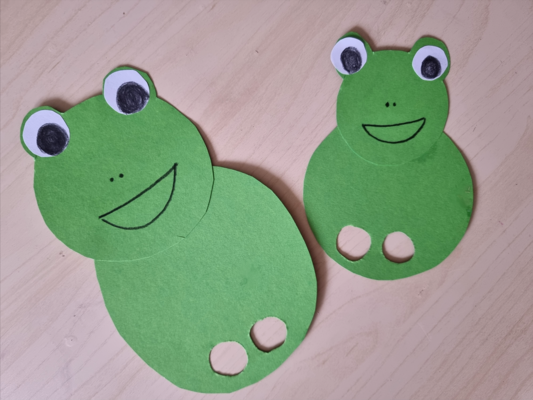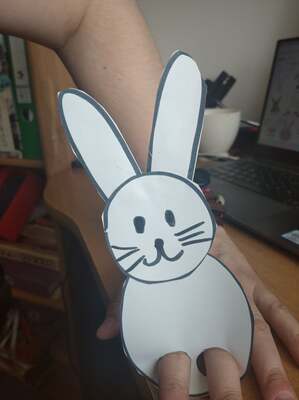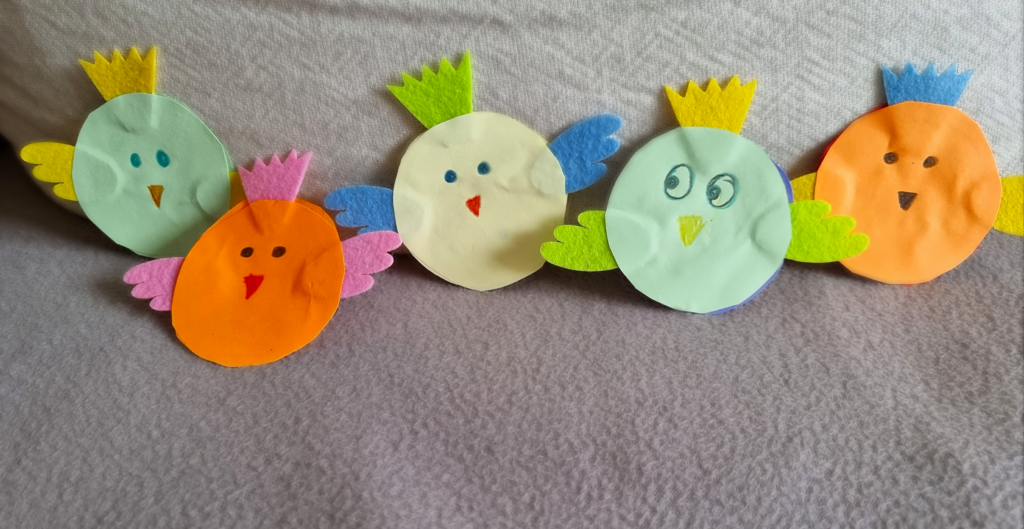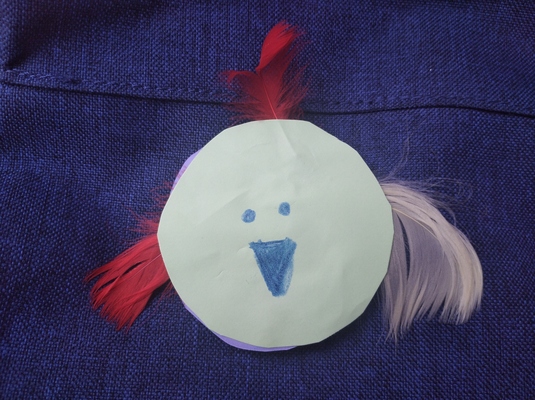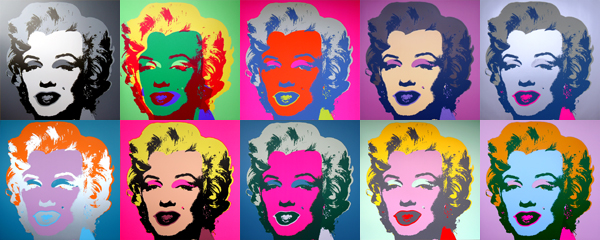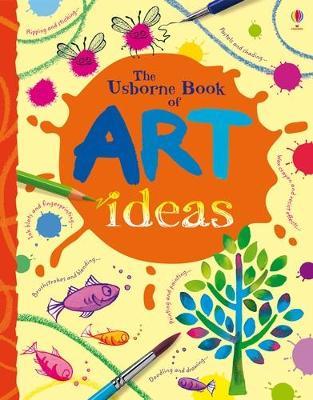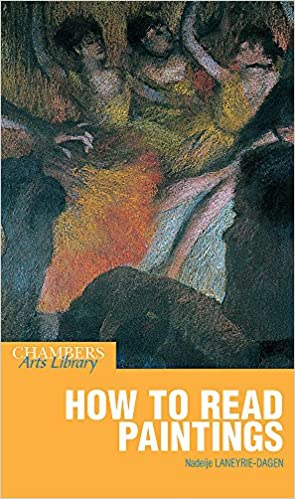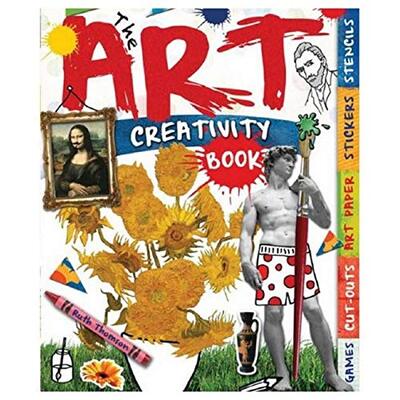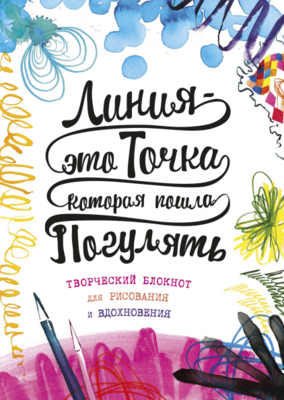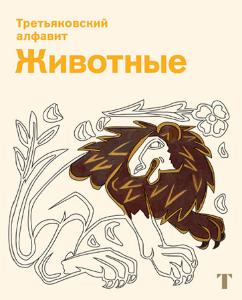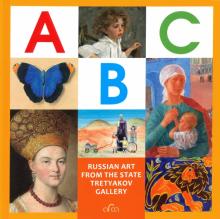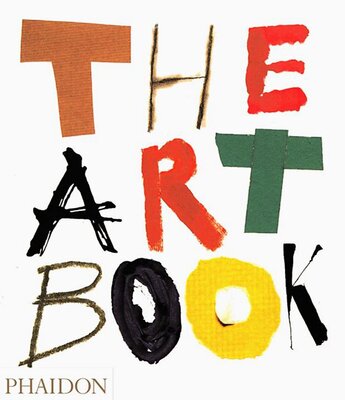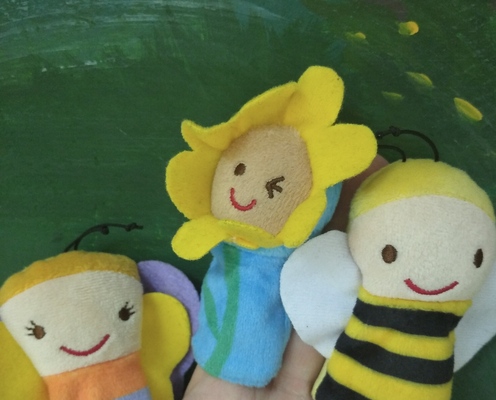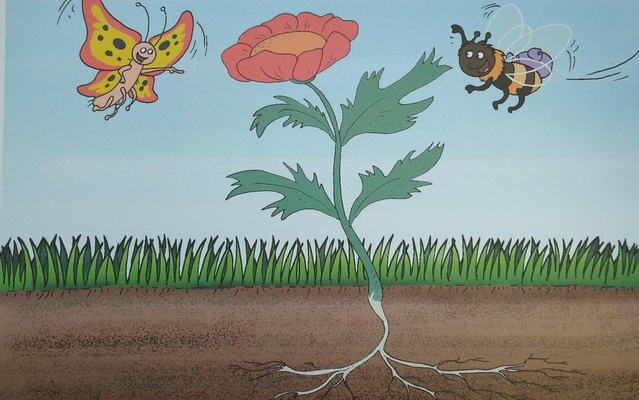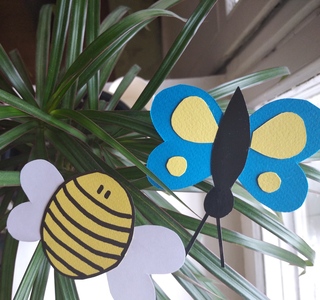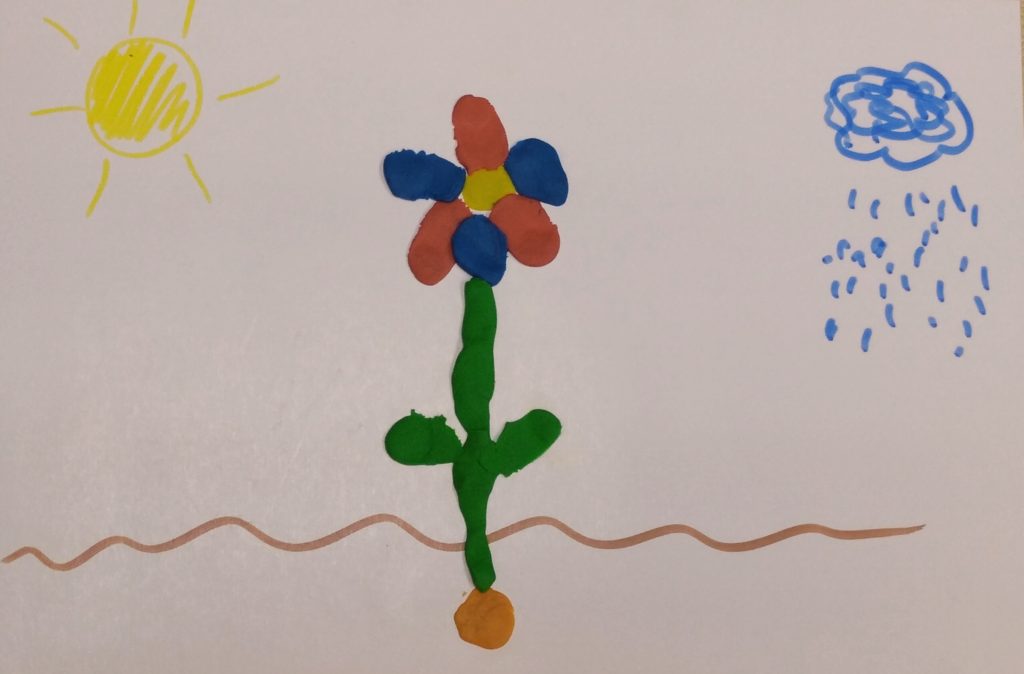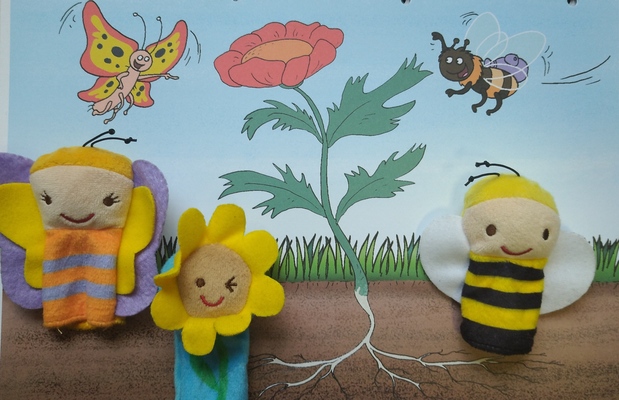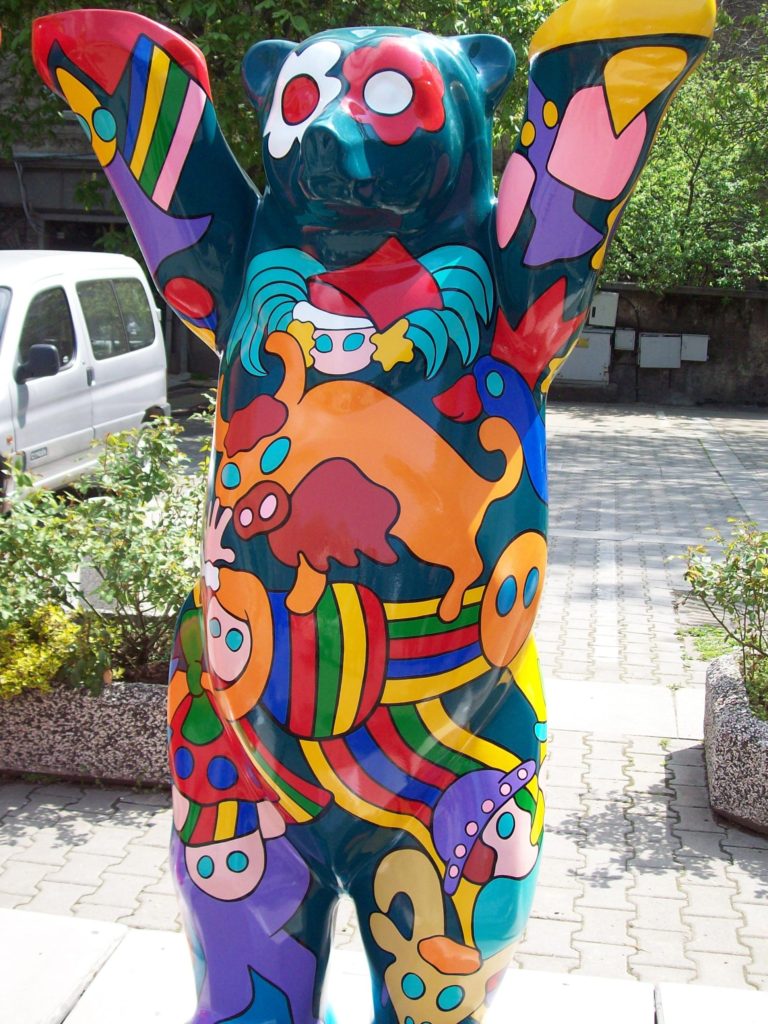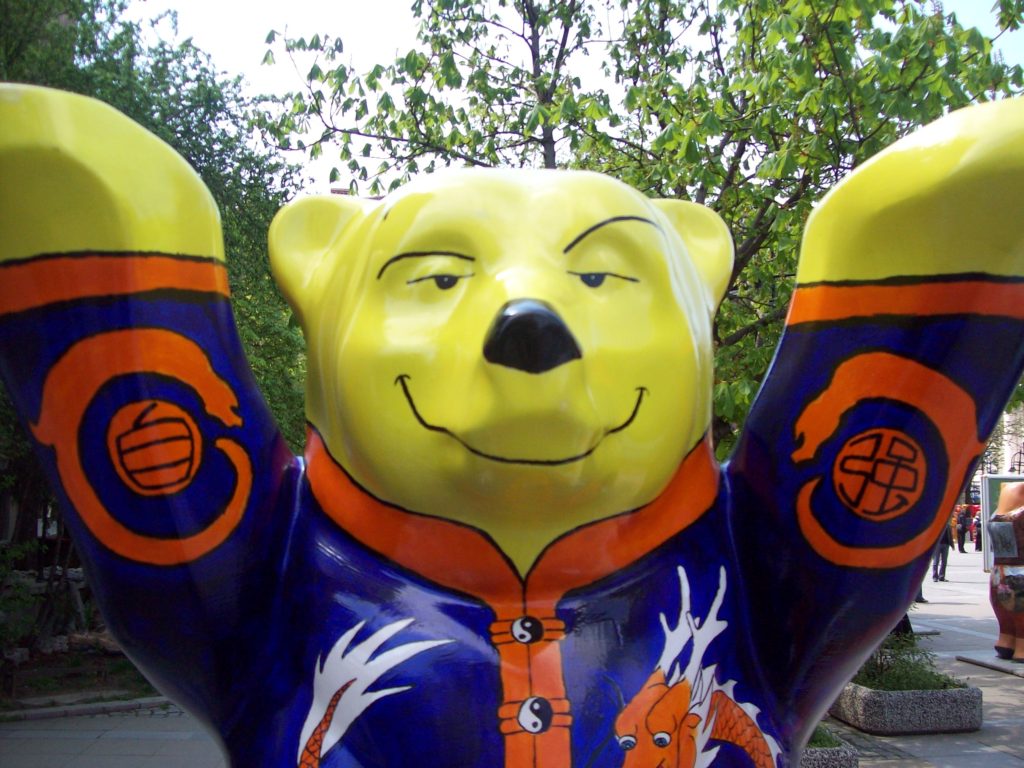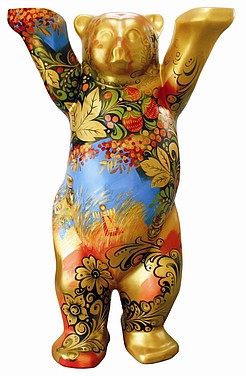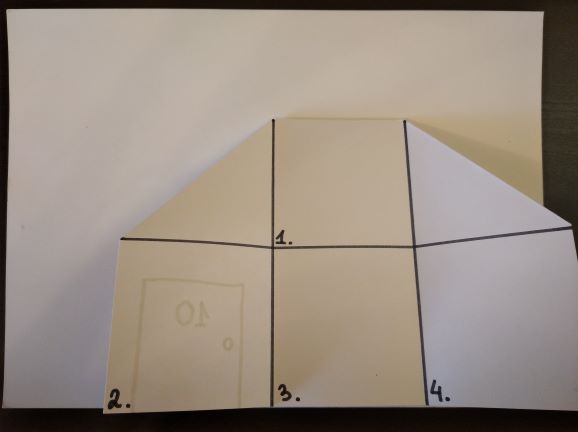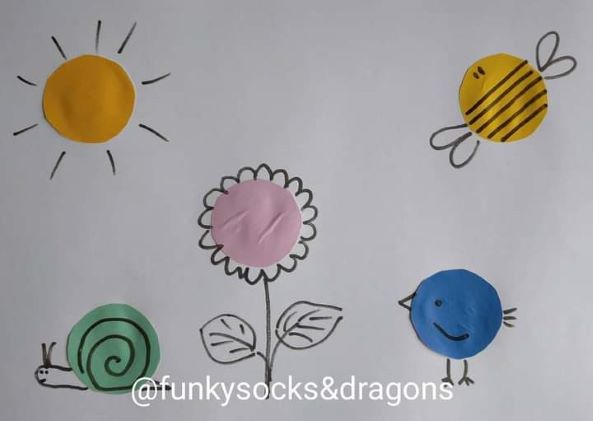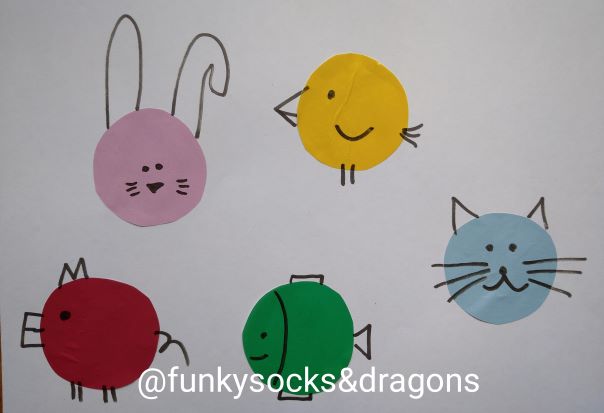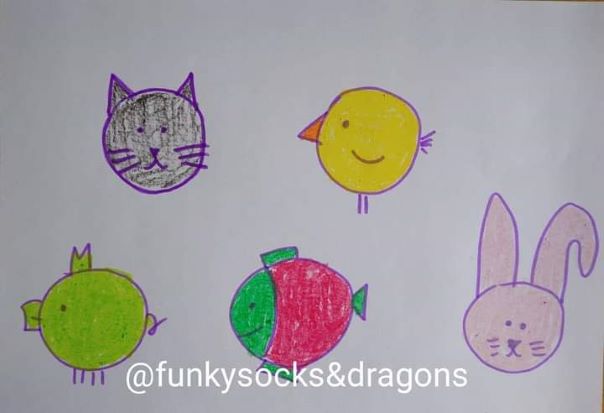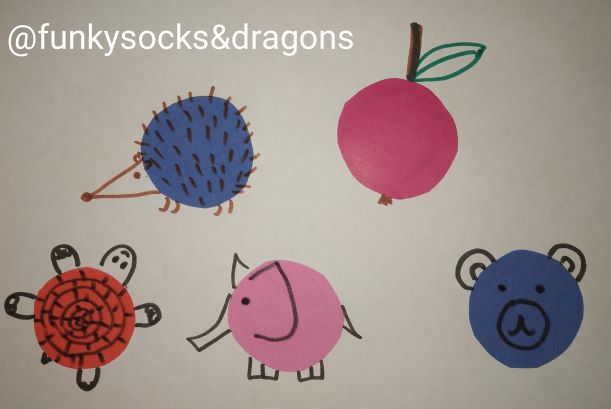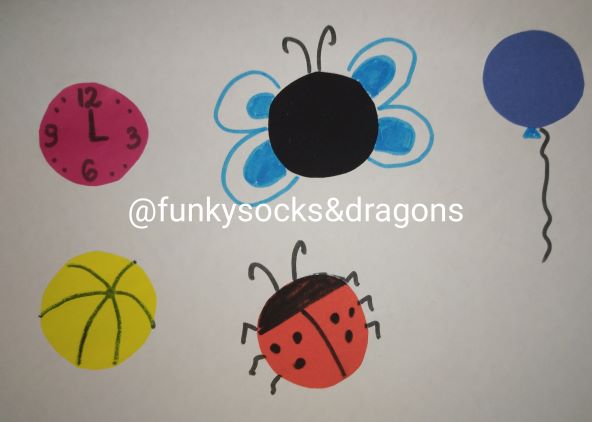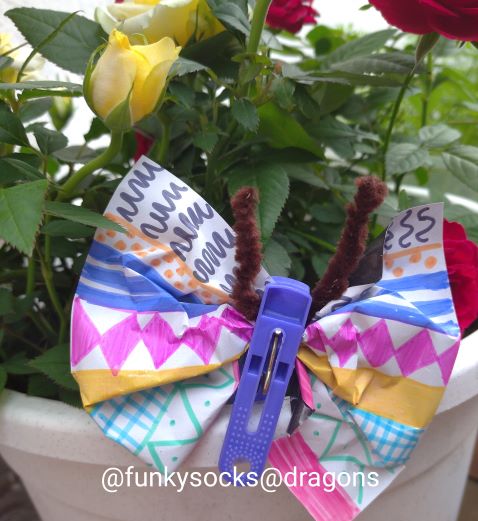A post for those who have been contemplating using craft activities in their pre-primary lessons, especially for those who have not started yet or those who have tried but have not really been quite successful with it.
First of all, let’s get started from the facts.
Fact number 1: kids love craft and no wonder they do – you get to creat; you produce something real and you can take it home. Even if your creation has a limited durability and appeal and after some time (a day in the playroom and a week on the fridge door) it gets destroyed and lands in the bin or it gets folded carefully and is stored in the ‘Ania/kindergarten’ box.
Fact number 2: teachers are a little bit more cautious with expressing their love for the craft activities. Some of them do, of course, but there are still quite a few who don’t really appreciate all the hurdles you are required to jump over in order to get to the finish line called ‘A great craft EFL lesson’. Because it can get messy, because it requires more preparation than other acitivities and because it needs to be planned properly to ensure that you don’t spend the lesson colouring and cutting and NOT using the target langauge.
Perhaps that is also the reason why even the most recent coursebooks for primary and pre-primary (which shall not be named here) do not really seem to promote craft activities as much as they should in my humble and very subjective opinion. Alas.
Why craft?
There are many great blog posts and articles on the advantages of using craft, I am not going to be attempting to reinvent the wheel here. Here are those that I have found useful. Have a look yourself.
- Kids and Arts and Crafts https://www.teachingenglish.org.uk/article/kids-arts-crafts
- Arts and Crafts with Young Learners https://www.teachingenglish.org.uk/article/arts-crafts-young-learners
- Using Arts and Crafts to teaching languages to young children https://www.teatimemonkeys.com/using-arts-and-crafts-to-teach-languages-to-young-children/
- Adding Language to Crafts https://www.englishclub.com/efl/tefl-articles/adding-language-to-crafts/
- R. Bastianoni, The Linguistic Benefits of Using Crafts in TEYL http://www.teyl.org/article16.html
Planning a lesson with a craft activity
If you are looking for a manual how to set up a craft activity and what to think about while planning it, then you should definitely start from reading the introduction to the craft chapter in Carol Read’s 500 Activities for the Primary Classroom where she outlines the principles of the MAD FOX (which, by the way can be used as a framework for all of the VYL and YL activities). Strongly recommended!
Where to find a craft activity?
Well, this is the best news ever: nowadays, finding out about available craft activities is really a piece of cake. There are plenty of websites, blogs, Instagram accounts written by and for:
- The teachers of English as a foreign language
- The parents of young children
- The teachers of kindergarten
There are also multiple groups on facebook, vkontatke (or whatever is your local equivalent), pintrest and just the good old google or Yandex search enginge.
How to choose a craft activity for the EFL lesson?
Well, this is where the W.O.R.L.D. might come in handy. This is an acronym that I made up for myself and for one of the workshops that I was giving a few years ago. Also, because I really wanted to have an acronym:-)
Here it is!
W is for ‘WHY?‘
Probably the most important question a teacher can ask while planning a lesson with a craft activity: why am I even doing it? It is great to include craft only for the sake of ‘the variety in the classroom’, but I strongly believe that a craft activity must have a follow-up, that it cannot be an end in itself. After all, we are language teachers and not art teachers.
An ideal craft activity is only the preparation for the proper language exercise, it is our way of getting the kids interested in what we are doing and using the finished product to encourage them to engage in a language activity. If this element is missing, there should be a really good reason for including it in your lesson. Is there?
O is for ‘On their own‘
No matter how amazing an activity looks in the photograph or the video, no matter how beautiful and colourful it is, no matter how strong its ‘wow’ effect might be, there is no point of bringing it into the EFL classroom if your students cannot complete it on their own.
Perhaps, the assembling process is too long and too complex and the materials too small and too flimsy and your students will not be able to complete it all by themselves. If it is a 1-1 lesson, sure, you can help but let’s take ‘the worst case’ scenario, a lesson with a group of 8 students, each of whom gets stuck at precisely the same moment in the activity and the teacher having to help every single one of the 8 students at 17:25:04…No. Not worth it.
R is for ‘Recycle‘
It will not always be possible but in order to justify the time and work invested in preparing and carrying out a craft activity, it should be possible to recycle ‘the product’ in one of the following ways:
- The same product is used throughout the course to recycle the particular vocabulary set, story or functional language phrases
- The same product is used throughout the course with different vocabulary sets, for example the boardgame the children made is used to practise vegetables, then fruit, then transport
- The same type of product can be made again, with different vocabulary or structures, for example mini-flashcards booklets, flapbooks, window decorations. If the format of the activity is used later on in the year, setting it up and executing it will be much easier because both the teacher and the students will be familiar with it.
L for ‘Language‘
First and foremost, we are the teachers of English and our main aim and priority should be the development of the linguistic skills in our students, regardless of how old there are. In the same vein, the main advantage of a craft activity is how it contributes to generating language.
Level A: the exposure. This is of course, always there, teachers speak, students listen. No matter what they do, they are also develop their listening skills and the ability to focus. So, technically, any craft activity will score high in that area as the teacher gives instructions and students follow them. What’s more, it is instantly obvious – the kids are leaving the room with a card, a puppet or a mask hence they have understoon the instructions. Good but not good enough.
Level B: the functional language. All craft activities have their stages, the students are encouraged to ask for the coloured pencils, glue, scissors, react to the teacher’s praise, sometimes praise their friends’ work and this is how some functional language comes into the picture and students are given an opportunity to practise it in context. Better but not good enough still.
Level C: the production. In an ideal craft activity, the making of is only the first step towards the follow-up stage in which the finished product will encourage them and will give them a chance to speak English.
D is for ‘Duration‘
Realistically speaking, how much time of the lesson time is the activity going to take, from the moment it is presented to the moment the last scraps of paper end up in the bin and the crayons, scissors and glue back in the box where they live? 5 mintes? 10 minutes? 15? 20? More than 20?
I am not going to try to discourage anyone from those longer craft activities because they need to be seen in perspective, together with all the other pieces of the puzzle, but it needs to be remembered that the longer the activity lasts, the higher the chances that kids will lose interest, that they will find alternative things to do, start chatting in their L1, get bored and tired and that, basically, it will be increasingly difficult to manage them and to get something out of the activity.
The potential time contraints apply to teachers’ too, actually. How much time and effort does the teacher want to spend on preparing the activity? Will they inolve the whole family into pre-cutting and pre-folding the night before? Will it be really worth it?
What is the ratio between the before-the-lesson preparation time, the activity-in-class time and the follow-up production stage time?
For that reason…
- Cutting out a bunch of grapes that takes twenty minutes to complete: no
- Making a complex puppet that takes half of your lesson so that you could use to say ‘hello, my name is Mitya’: no
- A set of tiny little bits that have to be carefully glued onto the piece of paper: no
- A picture to colour: no (not when it is just that ‘a picture to colour’)
- Goggly eyes: no
- Food craft without consulting parents first: no
- Draw your…: no
- Glittter: no (but that’s just me) and any ultra fancy materials that teachers would have to purchase themselves in specialised shops: also no
Anything else you would like to add? Anything that you don’t agree with? Please, let me know!
And don’t forget to pop in here to read about one ideal (and tried and tested) craft activity for the EFL preschoolers.
